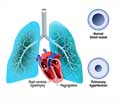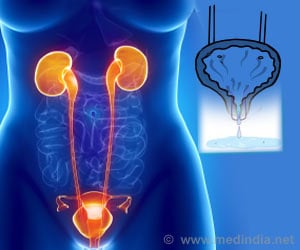A new study finds that patients in US fighting chronic obstructive pulmonary disease (COPD) need better diagnosis and treatment.
The researchers from Massachusetts and North Carolina have found that very few of the patients who are hospitalised for treatment of conditions that have resulted due to chronic obstructive pulmonary disease (COPD) such as emphysema, chronic bronchitis receive proper and ideal care and management.
Explaining that ideal care means getting all the tests, treatments and interventions recommended in the treatment guidelines for this condition and none of those that are not warranted for the condition, they said that the American College of Physicians and American College of Chest Physicians, there are five elements of care that are recommended as "ideal care" for COPD patients.Dr. Peter K. Lindenauer, from Baystate Medical Center in Springfield, Massachusetts, and his colleagues have explained in the Annals of Internal Medicine that COPD exacerbation is among, one of the ten most common reasons for hospital admission among adults in US and it accounts for over $18 billion in annual healthcare costs. The researchers analysed the data from nearly 70,000 patients hospitalised because of and attack of COPD in US in 2001, so as to determine the percentage of patients who received ideal care in agreement with the guidelines that are given.
They found that 66% of the patients they analysed had received all of the recommended interventions, while 45% of them received at least one non-recommended intervention. They further found that only 33%of subjects had received all of the recommended interventions and none of the non-recommended ones.
They said that a wide inconsistency was seen among the hospitals for the management of COPD patients. They concluded their report by explaining that the quality of care for patients hospitalised for acute exacerbations of COPD could be improved by, increasing the use recommended therapies, decreasing the use of unnecessary treatments that could turn out to be potentially harmful, and on reducing differences in practice across hospitals.











